Vaishno Devi Temple : A Sacred Journey to the Heart of Spirituality
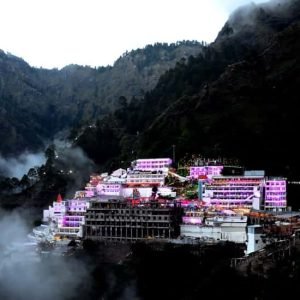

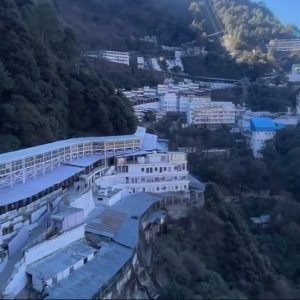
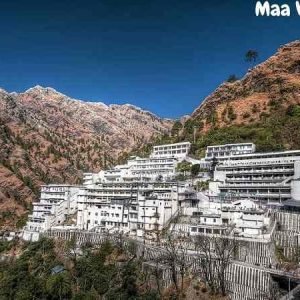

Table of Contents
ToggleThe sheer structure of Vaishno Devi Temple stands in the Trikuta Mountains of Jammu and Kashmir is one of the most revered places of worship that India boasts. The temple is devoted to Goddess Vaishno Devi, an embodiment of Goddess Durga, and millions of devotees throng it to obtain blessings from their deity, to find solace in spiritual journeys, and to undertake an unforgettable trek through the mystical mountains.
The shrine is famous not only because of its beautiful setting but also because of its rich history, and mythological and the unwavering belief of those who are attracted by God’s grace.
1. The Mythological Origins
The roots of the Vaishno Devi Temple are much deeper within Hindu mythology. According to the old legends, the temple was connected to Goddess Vaishno Devi, a form of divine feminine energy. The legend says that Vaishno Devi was a mortal woman known as Vaishnavi. She was such a devout follower of Lord Vishnu and sought union with him in her spiritual form.
Vaishnavi’s deep faith and meditation made her a goddess and established her in Trikuta Hills from where she meditated in a cave. It is believed that she came there in her divine form killing one of the demons named Bhairon, who was after winning her. Her act of destroying the demon and living as an exile from the world, turned the cave into Vaishno Devi’s revered shrine.
According to legend, if a devotee comes to this shrine completely devoted, then god would definitely show its hand and the devotee’s wishes would be fulfilled.
2. Location and Access
Known to be located in the small town of Katra, in the Reasi district of Jammu and Kashmir, the Vaishno Devi Temple is situated at an altitude of 5,300 feet above sea level. It is placed within a natural cave located on the Trikuta Mountain range. The physical and spiritual journey is grueling, but traveling itself has become an essential part of the pilgrimage.
You have to trek 12 kilometers from Katra to reach the temple. Most pilgrims walk along the steep mountain trail, and it takes about 6 to 8 hours to do so. In the course of climbing, one will pass through beautiful valleys, narrow passes and dense forests while chanting hymns and prayers.
Access to the shrine is also possible by horse, palkis and helicopter services recently added for those who could not undertake the arduous walk on foot. The walking on foot is the best part of pilgrimage which speaks volumes about the spirit of determination, faith, and reverence.
3. Sacred Cave and Holy Darshan
The Vaishno Devi Temple is built around a holy cave in which the Goddess is thought to reside in her sacred form. Within the cave are three naturally occurring rock formations, marking the goddess’s three incarnations – Mahakali, Mahalakshmi and Mahasaraswati. These three divine forms are known as the “Pindis” and represent the sole attraction of the temple.
Pilgrims visiting the shrine have first to purify themselves, then enter the dark, narrow cave and have a darshan of the Pindis. The cave being narrow and dark, pilgrims have to crawl in certain portions, which is said to be symbolic of the surmounting of worldly obstacles to attain higher spiritual consciousness. The shrieness reverberating in silence and soulfulness within the cave adds on to the sacredness of the temple.
The devotees usually offer flowers, sweets, and other symbolic items at the shrine, most of them take a moment to ask for prosperity, health, and peace. The darshan is considered very auspicious, and the pilgrims usually experience a sense of extreme fulfillment and peace after visiting.
The journey to the shrine of Vaishno Devi is not a journey to an altar, rather it is a personal pilgrimage for millions of the faithful across the world. Along with physical achievement, the spiritual undercurrents of this pilgrim experience make it much more meaningful. This journey offers the pilgrim an opportunity to reflect on the devotion, faith, and perseverance.
Other shrines and rest stops accompany the path to the temple, along with a variety of small temples where devotees may stop to pray. At every one of these stop points, pilgrims will encounter fellow devotees who often travel in large groups or family parties. Chanting hymns and mantras fill the air as pilgrims ascend the jagged path.
On the way, there are restrooms, food stalls, and some basic medical facilities. Yet, it is the selfless dedication and the combined energy of the pilgrims that makes this pilgrimage experience unforgettable. Every year, millions of devotees come to the shrine from all over India and abroad, out of whom some make this holy journey with a great sense of devotion, while others seek blessings for good health, prosperity, or fulfilling personal desires.
4. Historical Importance of Vaishno Devi
Apart from this mythological significance, the Vaishno Devi Temple is of great historical importance. This place has achieved a badge of faith, oneness, and pilgrimage through centuries. As per historical documents, it has been a place for worship from ancient ages for thousands of years.
The period of Maharaja Gulab Singh, who founded the Dogra dynasty in Jammu and Kashmir, witnessed the popularization of the shrine. In the 19th century, he organized the pilgrimage to the shrine and exercised measures for the protection and preservation of the sacred site. It has remained open to a significant number of pilgrims and its infrastructural development right up to the 20th and 21st centuries to become one of the most accessible and well-organized pilgrimage centers in India.
5. Facilities and Infrastructure
Infrastructure around the Vaishno Devi Temple has witnessed a tremendous amount of development over the past years. The trek, taken to make the pilgrimage easier, has secured the journey of pilgrims with much safety and comfort. Along the trek are well-maintained paths, restroom areas, and medical stations.
Apart from the more conventional route of pilgrimage, it is now possible to reach the temple through helicopter services, carrying pilgrims from Katra to Sanjichhat, a place that would be closer to the shrine. Still, these conveniences did not come in the way of the spiritual experience one received out of the trek itself.
To facilitate pilgrims in offering their prayers and staying in the premises for extended durations, facilities have been provided within the shrine. Langars, which are free community kitchens, accommodation for pilgrims, and a well-structured system of managing such huge crowds during peak pilgrimage seasons, are also among the Bhawan, the main temple complex.
6. Best Time to Visit
The trek to Vaishno Devi can be made throughout the year. However, the most favorable months would be between March and October, as it remains relatively mild to support activities like trekking. November to February are considered the winter months, during which there may be a drastic drop in temperature, and even the path might turn slippery and some sort of trek may not be possible as the snowfall starts. Therefore, a visit is best scheduled for the warmer months to ensure that problematic weather conditions are evaded.
7. Religious and Spiritual Impact
For millions of devotees, the pilgrimage to Vaishno Devi goes beyond mere physiology, it becomes a substantial spiritual experience. It is not just a place of worship but one which heals the mind and body emotionally and psychologically as well. Peace and clarity concerning divinity are conferred upon pilgrims by the rituals, hymns, and spiritual atmosphere enveloping them.
In fact, the pilgrimage actuates introspection and devotion. People, in many ways, put away the worldly maladies and totally immerse themselves in the holy business of seeking divine blessings while on their way to the mountain. Step out the temple either walking up the mountain or otherwise, one can see pilgrims totally spiritually replenished, taking pride in faith.
8. Conclusion
The Vaishno Devi Temple is not just a place of religion but embodies the spirit of devotion, faith, and perseverance. Situated at the base of Trikuta Mountains, this temple is a sacred destination for millions of pilgrims undertaking a test of their endurance to take on this spiritually fulfilling journey in search of the blessings of the great Goddess Vaishno Devi. The shrine enters a much larger context of India’s most prominent pilgrimage sites by the legend of the Goddess, the serene beauty of the surroundings, and the deeply spiritual atmosphere of the shrine.
How to book a trip to Vaishno Devi Temple, India with Charzan Holidays?
For a seamless and exceptional booking experience, contact Charzan Holidays at reservations@charzan.in or call us at +919622224473.
People ask FAQ's
1. In which city is Vaishno Devi Temple?
It is located near a town called Katra in the Trikuta Hills, Reasi district of Jammu and Kashmir, India. It is one of the holiest spots of Hindu pilgrimages, devoted to Vaishno Devi. Millions of devotees visit the temple every year, as they are required to climb almost 13 kilometers up the hill from Katra to attain the shrine.
2. How long is Vaishno Devi's walk?
The trek from the base town to the famous Vaishno Devi Temple is around 13 kilometers (8 miles). The time taken in this trek is between 4 and 6 hours. The trail is very well-paved with resting points that offer scenic views and spiritual stops like Ardhkuwari along the way.
3. Can we stay overnight at Vaishno Devi Temple?
Yes, you can stay overnight at the Vaishno Devi Temple. The Shri Mata Vaishno Devi Shrine Board operates guest houses and dormitories at Bhawan and other places. More pilgrims spend the night at Ardhkuwari or Sanjichhat, which offer facilities for overnight resting both before and after completing the trek to the shrine.
4. Is Vaishno Devi easy to climb?
The Vaishno Devi trek, though moderately challenging, is relatively comfort-giving for most devotees. The 13-km path from Katra to the temple is well paved and adequately provided with railings and resting spots. Though the very initial stretch of steep ascent does prove a bit tiring, it has an option in the form of ponies, palanquins, and battery-operated vehicles that make the climb comfortable and accessible for people at all fitness levels.
Frequently Asked Questions
1. What is Vaishno Devi Temple? |
| Vaishno Devi Temple is a famous Hindu temple dedicated to Goddess Vaishno Devi, located in the Trikuta Mountains near Katra in Jammu and Kashmir. It is one of the most revered pilgrimage sites in India. |
2. Why is Vaishno Devi Temple significant? |
| The temple is significant for its spiritual importance and the belief that the goddess fulfills the wishes of her devotees. It attracts millions of pilgrims every year. |
3. How do I reach Vaishno Devi Temple? |
| You can reach Katra by train or road, and from Katra, the temple is approximately a 13-kilometer trek uphill. Helicopter services and pony rides are also available for easier access. |
4. What is the best time to visit Vaishno Devi Temple? |
| The best time to visit is from March to October when the weather is pleasant. However, it can get crowded during festivals and holidays. |
5. What are the main features of the temple? |
| The temple is built inside a cave and features three natural rock formations representing the three forms of the goddess: Maha Kali, Maha Lakshmi, and Maha Saraswati. |
6. Is there an entry fee for the temple? |
| No, there is no entry fee to visit Vaishno Devi Temple, but there may be charges for services like pony rides and helicopter rides. |
7. Are there any dress codes for visiting the temple? |
| Visitors are advised to dress modestly. Comfortable clothing and footwear suitable for trekking are recommended. |
8. Can I offer prayers or perform rituals at the temple? |
| Yes, devotees can offer prayers and perform rituals inside the temple, including the traditional aarti and offering of prasad. |
9. Are there any facilities available for visitors? |
| Yes, there are facilities such as restrooms, food stalls, and medical services available along the trekking route and at the temple complex. |
10. Is Vaishno Devi Temple safe for tourists? |
| Yes, the temple is generally safe for tourists. Security and medical facilities are in place, but it’s advisable to stay aware of your surroundings. |
11. Can I take photographs inside the temple? |
| Photography is not allowed inside the main sanctum of the temple, but you can take photos in the surrounding areas. |
12. What local cuisine can I try near Vaishno Devi Temple? |
| You can find various local eateries in Katra serving vegetarian food, including traditional Kashmiri dishes and snacks. |
13. Are there accommodations nearby? |
| Yes, Katra offers a range of accommodations, from budget hotels to luxury resorts, catering to pilgrims and tourists. |
14. What should I be aware of before visiting? |
| Be prepared for a steep trek, carry sufficient water, and follow the local guidelines. It’s also advisable to check the weather before your visit. |
15. What is the local currency used in the area? |
| The local currency is the Indian Rupee (INR). ATMs are available in Katra, but it’s good to carry cash for smaller purchases. |


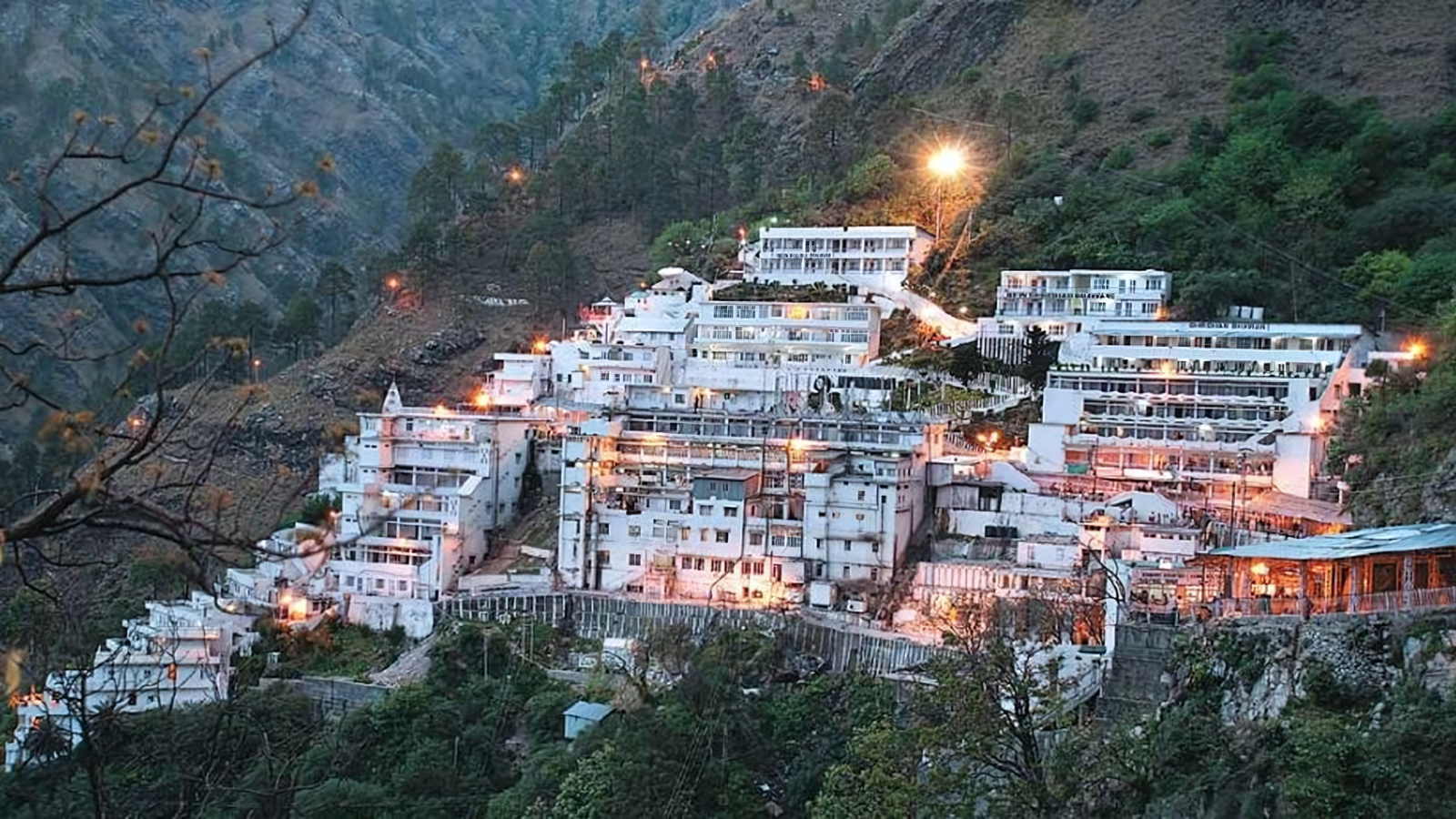
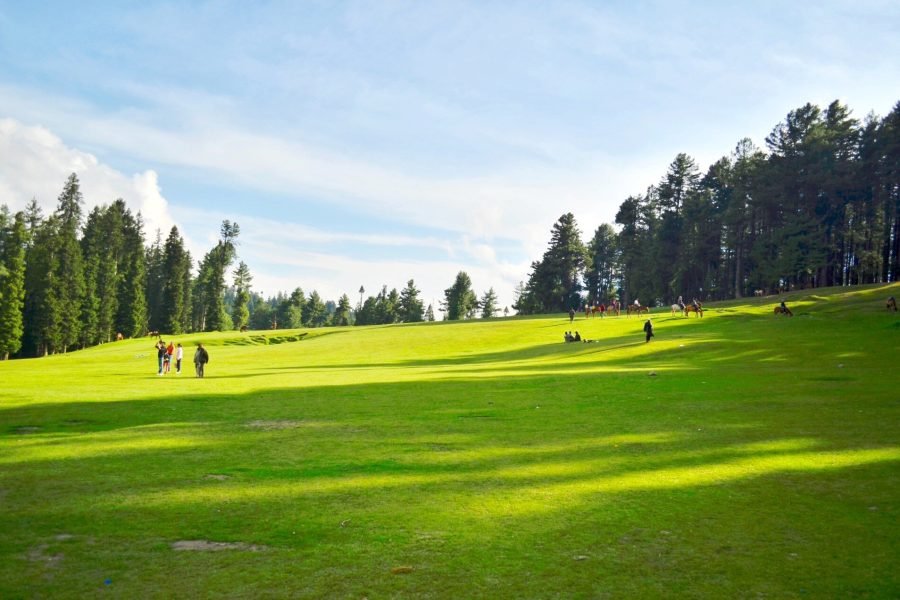
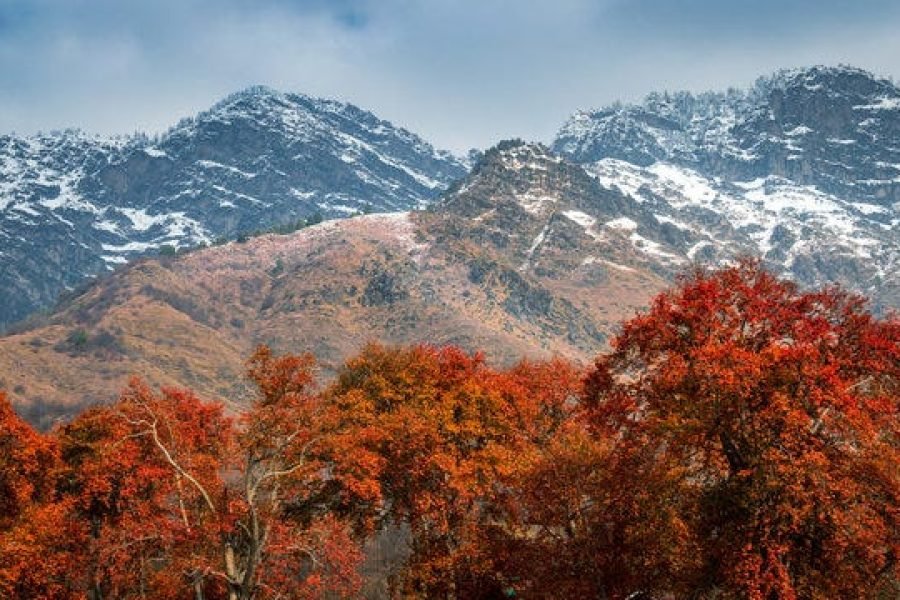
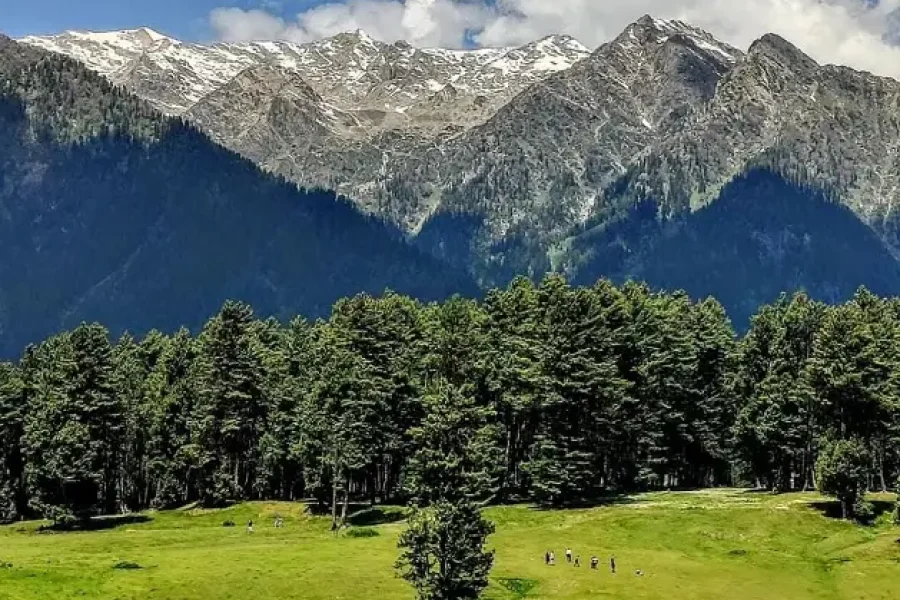
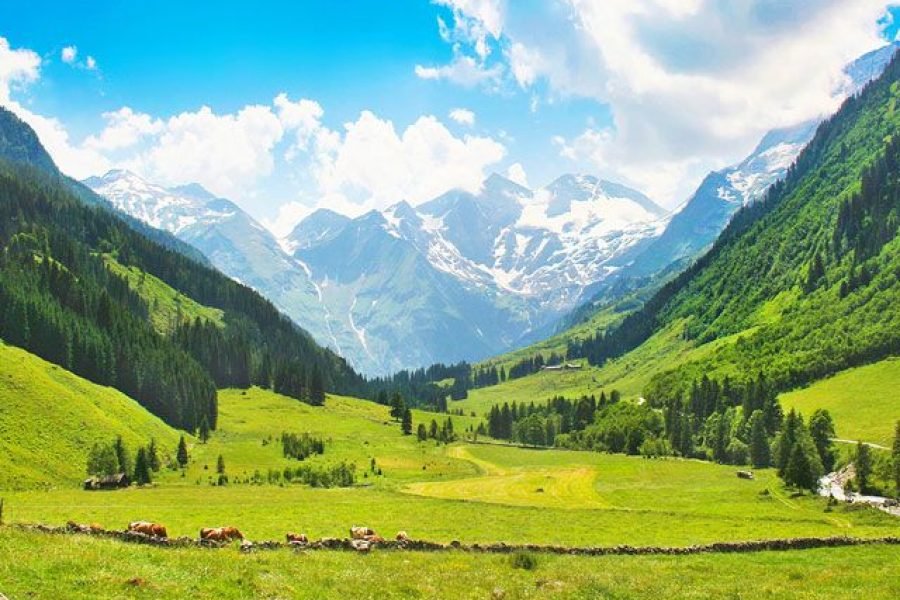
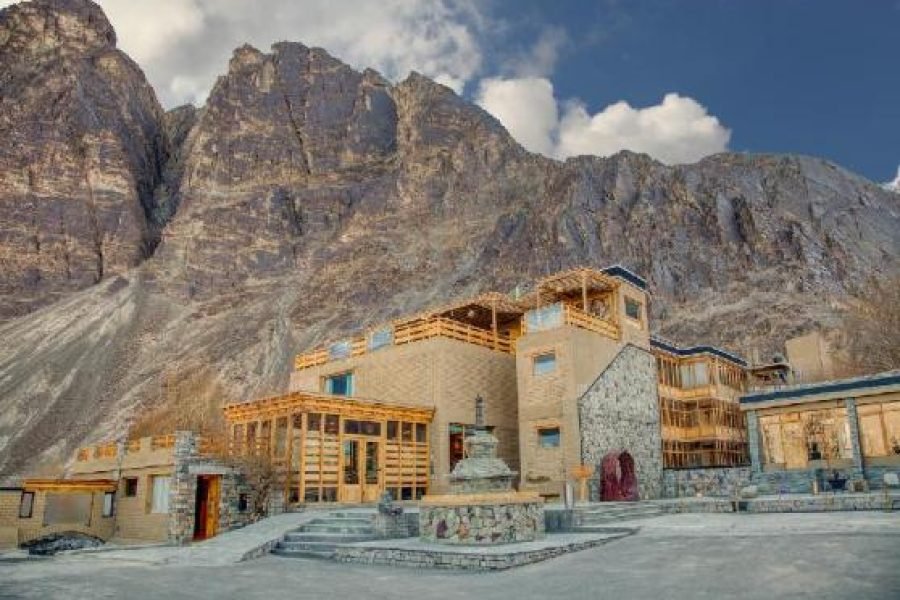

0 Comment